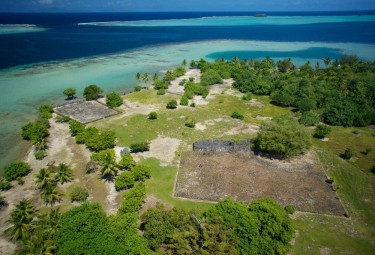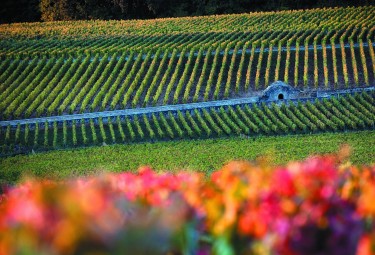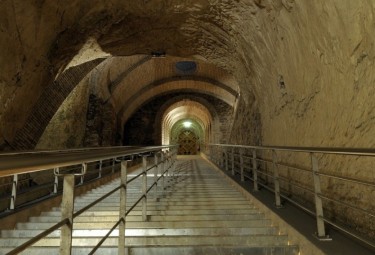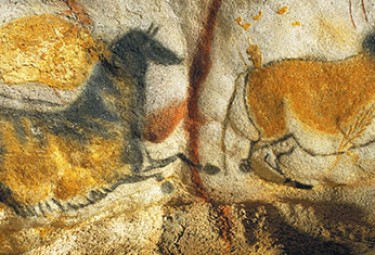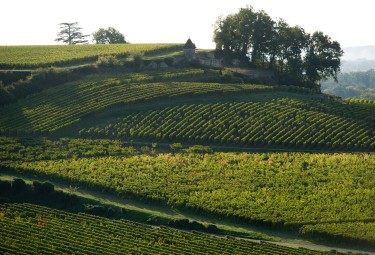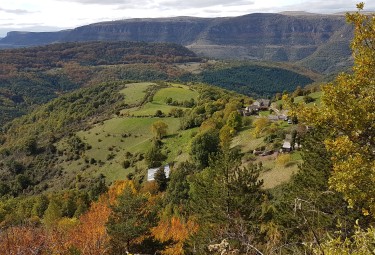Val de Loire between Sully-sur-Loire and Chalonnes-sur-Loire
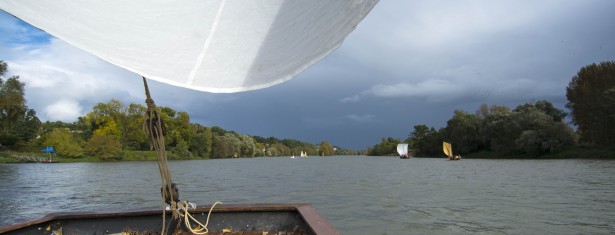
Summary
The Loire basin covers a vast region in the centre and west of France, from the south of the Massif Central to the Atlantic coast. The site listed as a cultural landscape is a 280-km-long section of the middle reaches of the river, from Sully, east of Orléans, to Chalonnes, west of Angers, incorporating the low-flow channels, and also to a large extent the flood plain.
The Val de Loire is a cultural landscape that has been formed by centuries of interaction between the river, the land that it irrigates, and the people who have settled the land throughout history.
The Loire was a major communication and trade route from the Gallo-roman period up to the 19th century, fostering the economic development of the valley and its towns. This can be seen in the numerous structures built to make the river navigable and to provide flood protection, such as the ports and embankments built along the river.
The Loire has shaped not only the rural landscape, influencing the way that the land is organized and the type of crops grown (market gardening, vines), but also urban development. Human settlements, isolated farms, towns and villages reflect both the physical characteristics of the different parts of the river and their historical development. This can be seen for example in the houses built of tuffastone and slate, the cave dwellings, and the urban lay-out.
The political and social history of France and Western Europe in the Middle Ages and the Renaissance, when the Loire Valley was the seat of royal power, is reflected in the area’s world-renowned buildings and châteaux: from Benedictine abbeys to mediaeval fortresses transformed during the Renaissance into stately homes with fine gardens opening onto the surrounding landscape. In the 15th and 16th centuries, the Val de Loire was a major cultural crossroads between the Italian Mediterranean, France and Flanders, and played an important role in the development of the art of garden design and of interest in the landscape.
Criteria
Criterion (i): The Val de Loire is outstanding for its architectural heritage, with its historic towns such as Blois, Chinon, Orléans, Saumur and Tours, but particularly for its world-famous châteaux, such as Chambord.
Criterion (ii): The Val de Loire is an outstanding cultural landscape along a major river. It bears witness to an exchange of human and cultural values and to the harmonious development of interactions between humans and their environment during more than two thousand years of history.
Criterion (iv): The landscape of the Val de Loire, and more particularly its many cultural monuments, is an outstanding illustration of the influence of the ideals of the Renaissance and the Age of Enlightenment on the ideas and culture of western Europe.
- Année d'inscription : 2000
- Critères d'inscription : i, ii, iv
- Superficie du bien inscrit : 85 394 ha
- Localisation : Départements de Maine-et-Loire, Indre-et-Loire, Loir-et-Cher, Loiret ; Régions Centre-Val-de-Loire et Pays de la Loire
- Coordonnées DMS : N47 23 56.004 E0 42 10.008
- Registration year : 2000
- Registration criterion : i, ii, iv
- Area of the inscribed : 85 394 ha
- Location : Départements de Maine-et-Loire, Indre-et-Loire, Loir-et-Cher, Loiret ; Régions Centre-Val-de-Loire et Pays de la Loire
- Coordinates DMS : N47 23 56.004 E0 42 10.008

